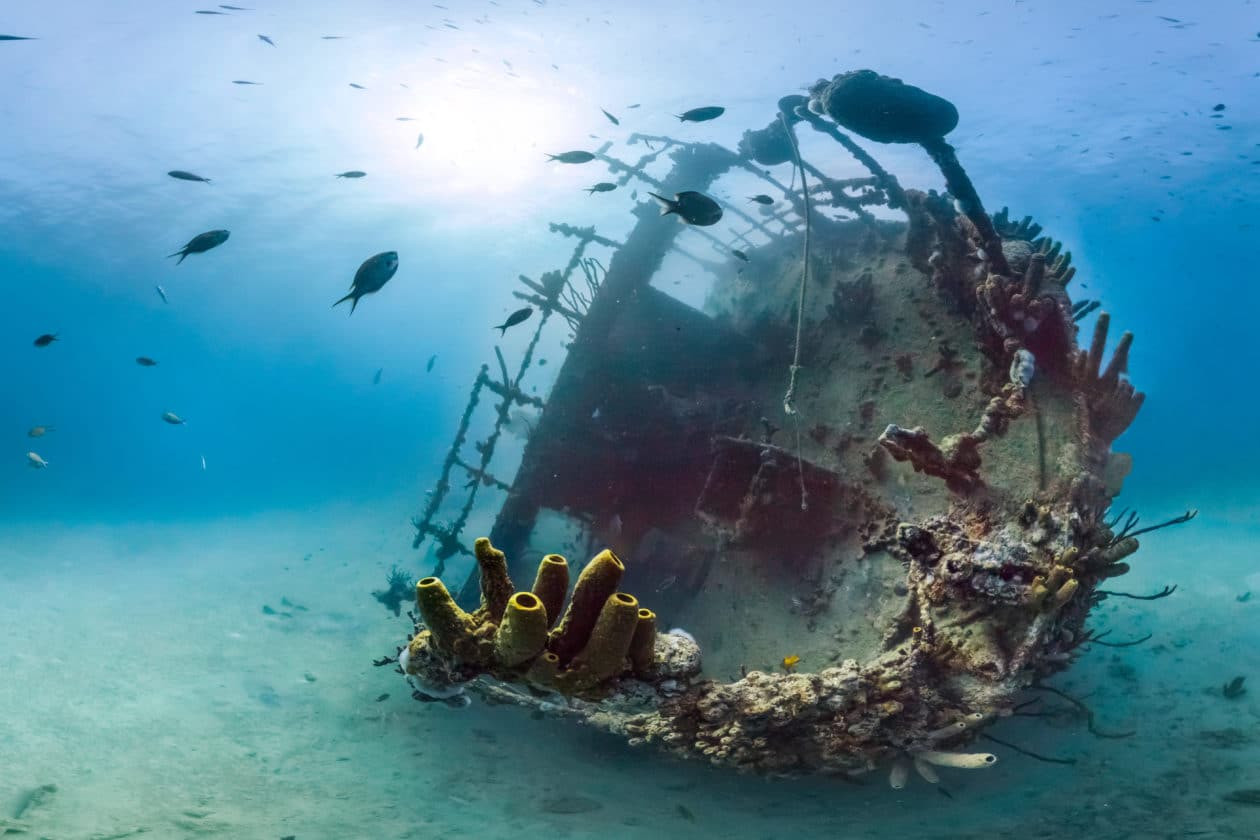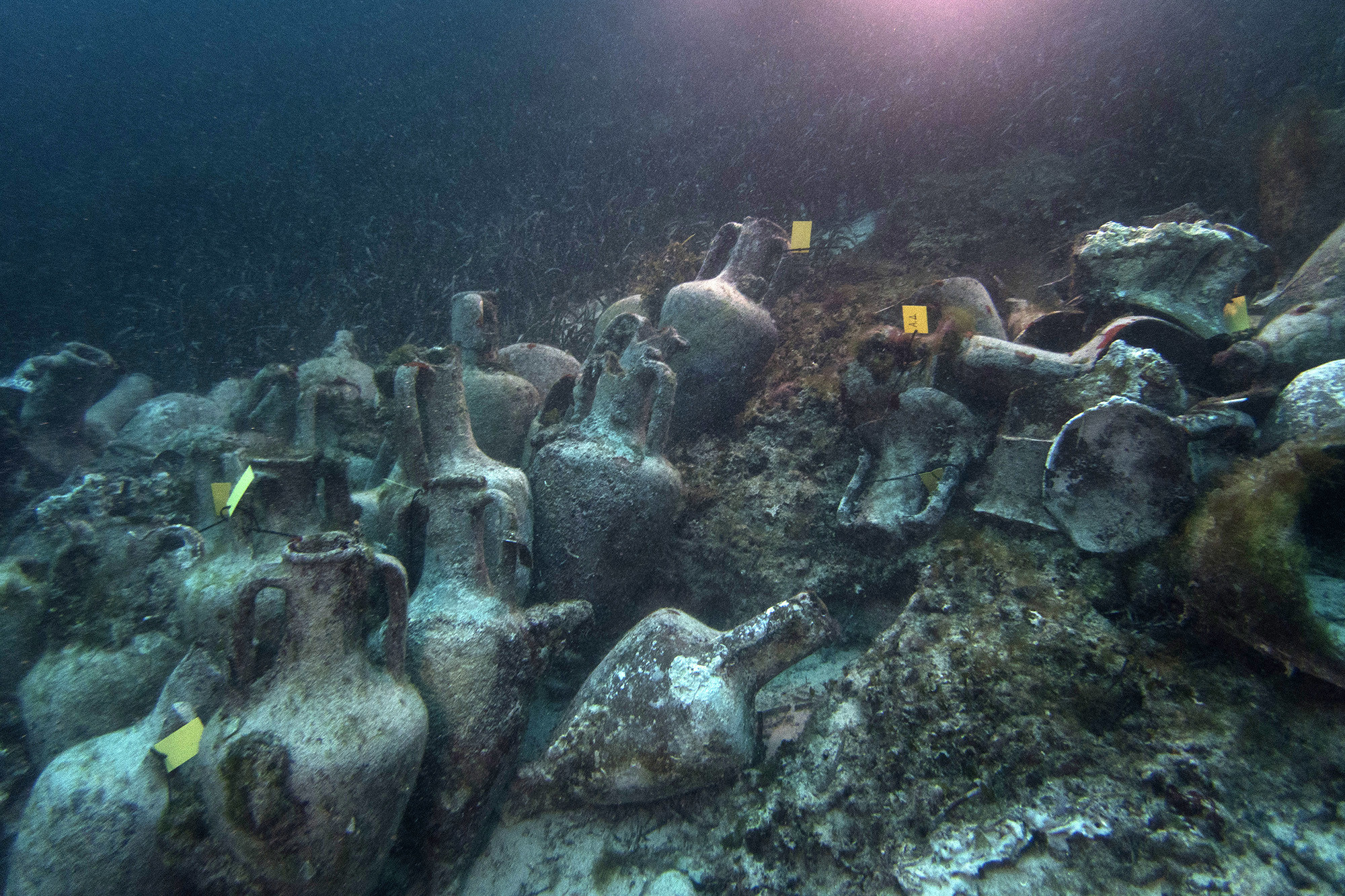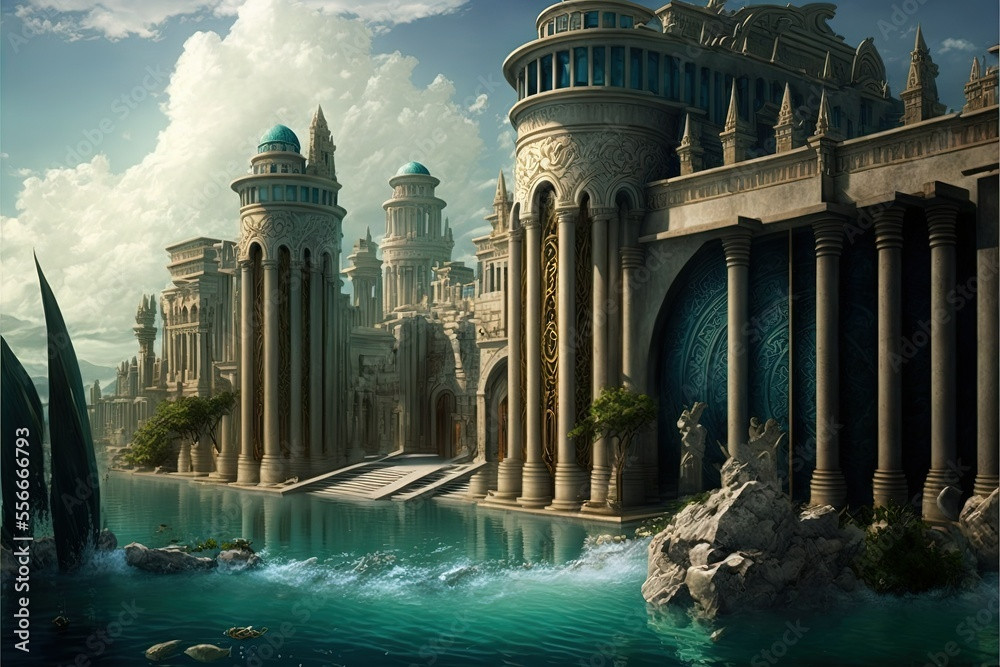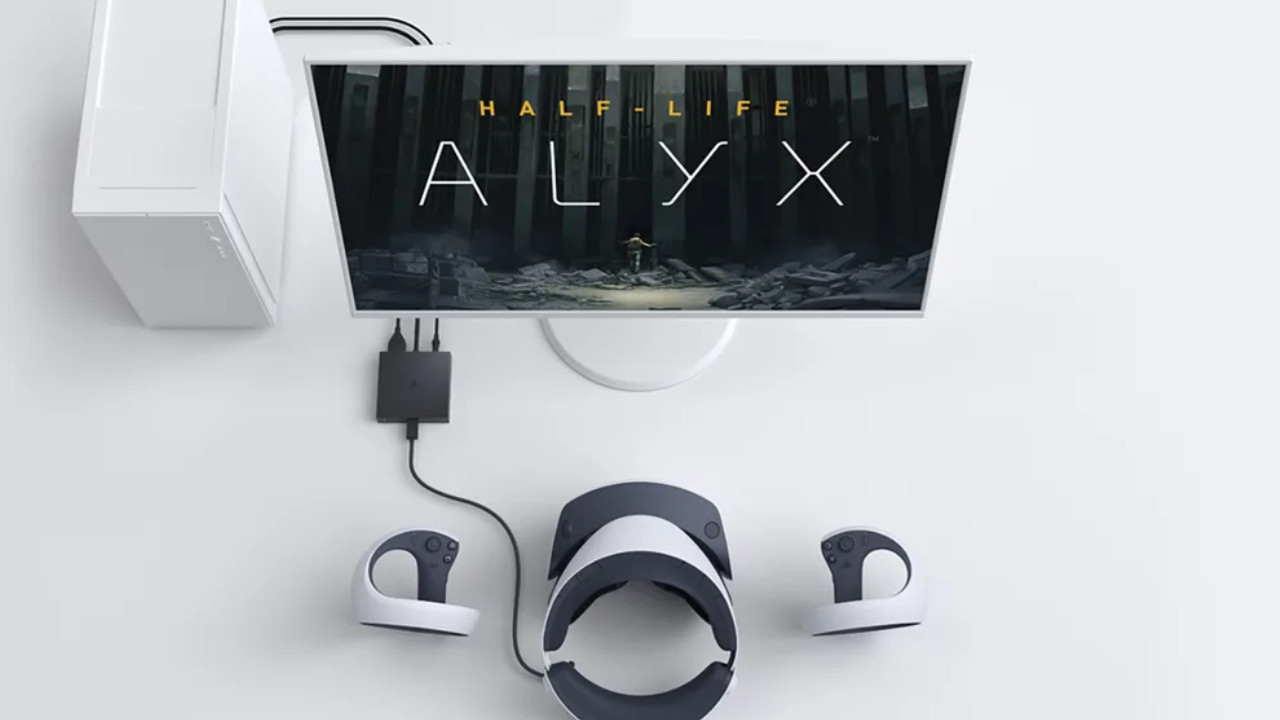The work of raising an ancient Greek shipwreck known as Gela II, associated with a cargo of rare ‘Atlantis' metal, is on the verge of completion under the supervision of Sicily’s Superintendency of the Sea.
Orichalcum is mentioned in ancient texts by writers including Plato, described as second only to gold in value and once mined in Atlantis to clad the buildings of that mythical city. The references were thought to refer to pure copper or an alloy such as bronze or brass.
Eighty-six of the rare orichalcum ingots were recovered from the Gela II site in 2015 and 2017. Also retrieved in the past have been amphoras and other pottery, metal items and Corinthian-style military helmets.
Archaeological excavations began in July to expose and recover all the boat’s timbers and any other remaining artefacts, with the work carried out by divers from underwater works specialist Atlantis Palermo di Monreale under the Superintendency’s supervision.
Now the boat-restoration process is about to begin at premises in the Bosco Littorio archaeological park, which contains the remains of ancient Gela from between the 8th and 5th centuries BC.
The entire 900,000-euro (£753,000) project, paid for through the EU’s Cohesion Fund, is expected to take nine months, after which the ship will go on display at the Archaeological Museum of Gela, where items such as the orichalcum ingots and helmets are already displayed and where the Gela I shipwreck was first revealed to the public.
Excavation of the Gela II Shipwreck
The Gela II shipwreck, discovered in 1988, has been the subject of numerous investigations and excavations. In 1995, archaeologists began the first systematic investigation of the wreck, and further excavations in 2015 and 2017 led to the recovery of 86 ingots of orichalcum. These ingots, along with other artifacts such as Corinthian helmets, amphoras, and pottery, are now on display at the Archaeological Museum of Gela.
The latest phase of the excavation began in July 2024 with the goal of recovering all the ship's timbers and any remaining artifacts. Divers from Atlantis Palermo di Monreale are carrying out the work under the supervision of Sicily's Superintendency of the Sea.
The Significance of Orichalcum
The discovery of orichalcum, a rare metal alloy, on the Gela II shipwreck has sparked interest in the mythical city of Atlantis. Orichalcum, which is composed of copper and zinc, is mentioned in ancient texts by writers such as Plato. Plato described orichalcum as a metal of great worth, second only to gold, and linked it to Atlantis. According to Plato, orichalcum was used to clad the buildings of Atlantis.
While the exact nature of orichalcum remains a mystery, its association with Atlantis continues to fascinate researchers and historians. The discovery of this metal on a Greek shipwreck offers a tantalizing glimpse into the trade networks and technologies of the ancient world.
The Future of the Gela II Shipwreck
The recovery of the Gela II shipwreck marks a significant milestone in the study of ancient Greek seafaring and trade. The ship's timbers will undergo restoration at the Bosco Littorio archaeological park, which will allow researchers to gain further insights into the shipbuilding techniques of the 5th century BC. Once the restoration is complete, the ship will be displayed at the Archaeological Museum of Gela, alongside the other artifacts recovered from the site.
The discovery of the Gela II shipwreck is a testament to the rich history and cultural heritage of Sicily. It also serves as a reminder of the importance of protecting our underwater heritage and exploring the mysteries of the past. The Gela II shipwreck is a reminder of the ingenuity and resourcefulness of the ancient Greeks, and it continues to offer valuable insights into the world they inhabited.


















